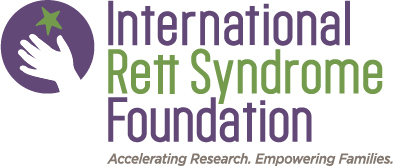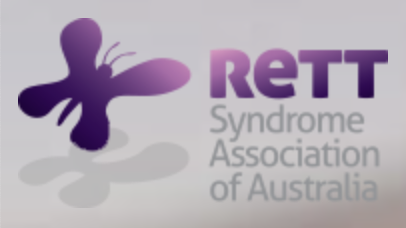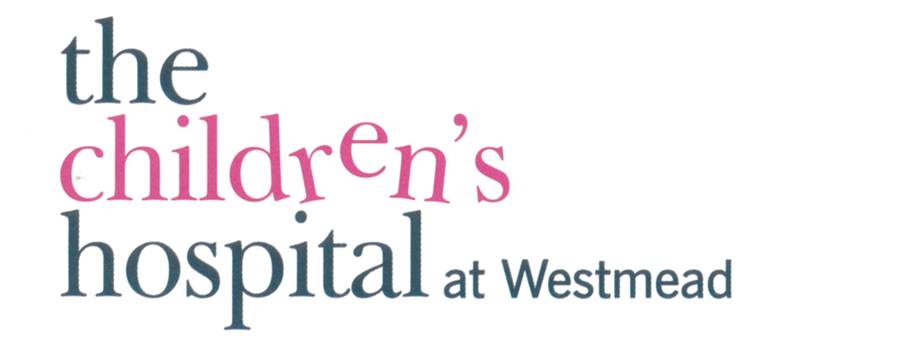RettBASE (http://mecp2.chw.edu.au/) is a freely accessible database that was initially established over 20 years ago to capture MECP2 gene changes in individuals with a clinical diagnosis of Rett syndrome,
and provided an interpretation as to whether each specific gene change was thought to be causative of Rett syndrome (pathogenic or likely pathogenic variant),
or was believed not to be disease causing (benign variant), or whether it was unclear whether the gene change was causative of Rett syndrome (variant of uncertain significance).
MECP2 gene changes that were included in RettBASE came from the published research literature or through direct submissions by clinicians or laboratories.
Subsequently, RettBASE was expanded to include gene changes in the FOXG1 and CDKL5 genes.
We were fortunate to have funding support to establish and maintain RettBASE from the NSW Rett Syndrome Association, the International Rett Syndrome Foundation and the Rett Syndrome Association of Australia (RSAA).
Unfortunately, sustained funding could not be acquired, and so ongoing maintenance of RettBASE ceased several years ago.
Rather than lose this resource altogether, a proposal was developed to review each of the over 5,000 entries in RettBASE and to reevaluate the status of every gene change using the latest assessment
guidelines from the American College of Medical Genetics and Genomics (ACMG), with a view to transferring the updated statuses to the international resource ClinVar ,
which has secure ongoing funding.We are grateful to Claude Buda from the RSAA, who championed fund raising efforts with his counterparts in a number of international Rett syndrome support organisations to allow us to undertake this activity.
This work, led by Dr Rocio Rius from the Centre for Population Genomics in Australia, is now close to completion, with bulk uploading of updated classifications of every gene change from RettBASE into ClinVar now under way.
Although the RettBASE link will remain live for now, it is no longer being updated, and we recommend that ClinVar should be used to obtain the most up to date information
about the status of specific gene changes in the MECP2, FOXG1 and CDKL5 genes.
A number of people have expressed disappointment in no longer being able to submit information relating to specific MECP2 gene changes into RettBASE.
To meet this need, we have established an online form (web form link ) that can be completed. Dr Rius and her team will then assess the gene change against the ACMG classification criteria,
and then upload their analysis into ClinVar. This link will remain live for the next 12 months.
We are grateful for the support and positive comments about RettBASE over the years, and hope that these changes will meet the needs of the Rett syndrome community.
Welcome
Welcome to the International Rett Syndrome Foundation(formerly RettSyndrome.org) MECP2 Variation Database (RettBASE), hosted by the Children's Hospital Westmead. Our goal is to gather and curate mutation data related to Rett syndrome, allowing the development of accurate prevalence data for disease-causing mutations, providing a catalog of polymorphisms, and potentially allowing more accurate phenotype-genotype correlations to be drawn. RettBASE encourages input from researchers, clinicians, families of individuals living with Rett syndrome and the general public, in order to enhance our knowledge and understanding of mutations causing Rett syndrome.
Quick navigation
- Mutation databases
- General Information
- How to cite RettBASE
- Submit mutations to RettBASE
- The people behind RettBASE
- Acknowledgements
RettBASE is a freely-available resource for mutation and polymorphism data pertaining to Rett syndrome and other related clinical disorders. Mutation information is collected from published literature and from our collaborators who submit data directly to us. All variant information is manually curated before inclusion in the database.
Please use the current page or http://mecp2.chw.edu.au/ as your bookmark.
Mutation databases
Please choose the gene and type of search required from the list below.
In the early years after the identification of CDKL5 as a disease gene, patients were often classified as having a more severe form of Rett syndrome, the so-called Hanefeld variant. However, as more individuals with pathogenic CDKL5 variants were identified, it was recognised that individuals with CDKL5 mutations have a clinical picture that is very distinct from Rett syndrome, and most agree that it should be considered to be a distinct clinical entity,widely recognised as the CDKL5 Deficiency Disorder (see: PMID 22872100, 27528505 and 30928302)
Note regarding nomenclature of MECP2 variants: variants are traditionally called from the e2 isoform (translation starting in exon 2). Unless otherwise specified in the nomenclature, all variants in RettBASE are named according to this convention (reference sequence NM_004992). RettBASE has since updated the MECP2 database to include variants in e1 isoform (NM_001110792.1).Users can now change the transcript of interest in list of all variants to view variants in each transcript. The variant and proband pages has also been updated to reflect variant nomenclature in both transcripts. For information regarding reference sequence for MECP2, please visit our reference sequence page. Also please see our nomenclature section for general guidelines for mutation nomenclature. Nomenclature of mutations in exon 3 and exon 4 will differ by 12 amino acids between the two isoforms (e.g. p.R306C or p.Arg306Cys in isoform e2 is equivalent to p.R318C or p.Arg318Cys in isoform e2). cDNA nomenclature will differ by 36 nucleotides.


